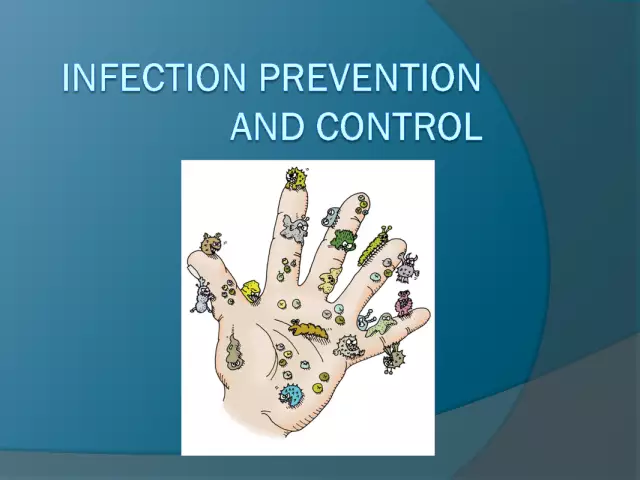- Author Rachel Wainwright [email protected].
- Public 2023-12-15 07:39.
- Last modified 2025-11-02 20:14.
Pathways of infection

Infectious diseases are the scourge of humanity, which until relatively recently represented the greatest danger. Not so long ago, the massive spread of infection led to the fact that infectious diseases mowed down millions of people, reducing the population at times. So, the epidemic of the bubonic plague in the IV century in Europe claimed the lives of 25 million people, entire cities remained deserted.
Since antibiotics were discovered, deadly diseases have loosened their grip. Nevertheless, natural foci of dangerous diseases persist to this day, and the ease of movement, which was not in previous times, facilitates the spread of infection around the world. That is why tourists traveling to exotic countries where people still get sick with dangerous infections are required to be vaccinated. This measure protects not only themselves from illness, but also prevents them from bringing home a fatal "surprise".
For the same reason, quarantine measures have been taken against migrants. It is no secret that migrants often come from countries that are not healthy in terms of epidemics. Therefore, they are offered to undergo quarantine upon arrival, the duration of which is equal to the duration of the incubation period of dangerous infections, and only then are they allowed to move around the country without hindrance.
In total, there are several ways of spreading the infection: aerogenic, alimentary, contact, parenteral, transmissible. Aerogenic transmission of pathogenic microbes is the most dangerous, since microorganisms are spread over a large area, and no one is immune from their penetration. Aerogenic spread of infection is airborne and airborne.
The alimentary way of spreading the infection is the second most dangerous. In this case, the infection is transmitted through water and food. How exactly this happens can be understood from the second name of this transmission route: fecal-oral. If the rules of hygiene are not followed, feces of a sick person spread through dirty hands or dirty water, affecting everyone who comes into contact with contaminated food or water.

Parenteral route - infection through the blood in violation of the integrity of the skin or mucous membrane. This includes the spread of infection through syringes, tattoo instruments, manicure and dental instruments, and sometimes through sexual intercourse, which often involve microtrauma. This is how hepatitis C and HIV spread. During contact spread, the causative agent of the disease is transmitted through direct contact (rabies) or indirectly, through dirty objects of common use (staphylococcus aureus). The transmission pathway is the spread of infection through blood-sucking insects (plague, malaria).
Found a mistake in the text? Select it and press Ctrl + Enter.






